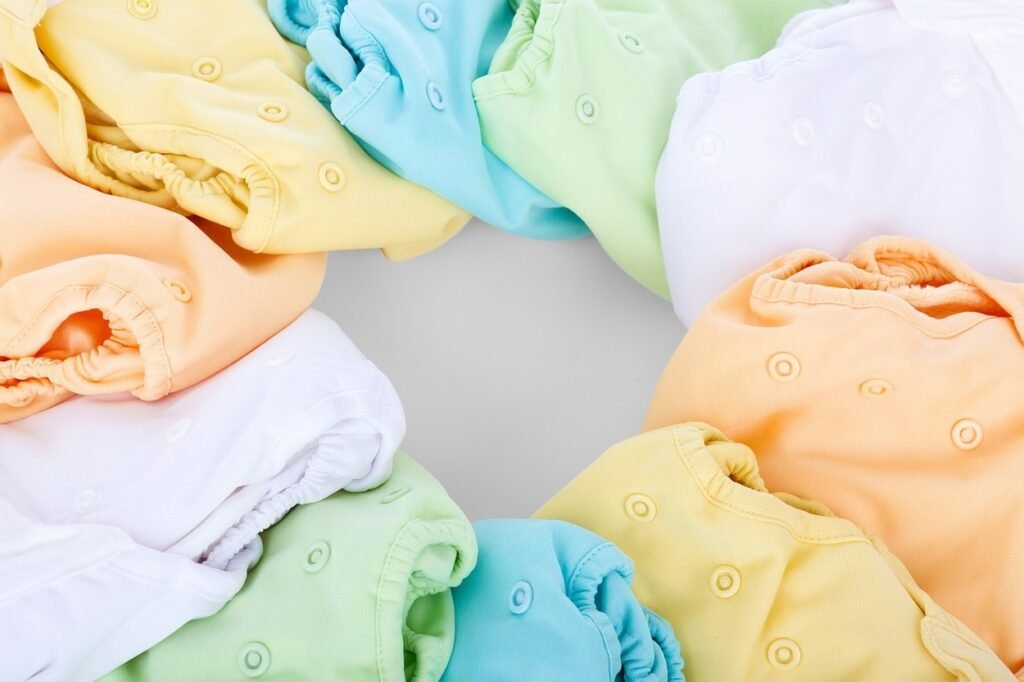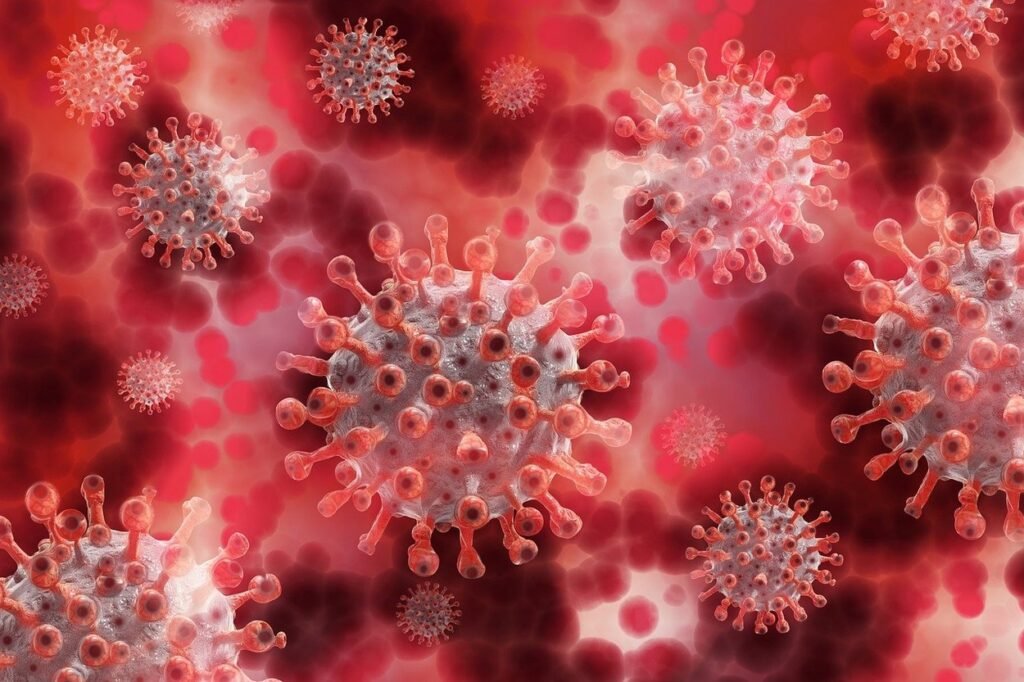Parenting has a way of keeping you on your toes, especially when the topic veers into health concerns you never expected to think about—like yeast infections in toddlers! Yep, it turns out these itchy, uncomfortable infections aren’t just something adults deal with; they can impact toddlers too.
But don’t panic—here’s everything you need to know about recognizing, treating, and preventing yeast infections in little ones.
What Exactly is a Yeast Infection?
A yeast infection is typically caused by an overgrowth of the fungus Candida, which can thrive in warm, moist areas. The human body naturally hosts Candida in certain places (like the digestive tract and mouth) without issue.
But when something throws off the balance, such as antibiotics or a diaper rash that doesn’t heal, yeast can multiply, leading to an infection.

Can Toddlers Really Get Yeast Infections?
Yes, they can! Though we may think of yeast infections as an “adult” issue, toddlers can experience them, especially in areas where moisture gets trapped, such as in the diaper region or skin folds. Even though it sounds unpleasant (and I’ll admit, even a little awkward to discuss), it’s actually not all that uncommon.
In fact, yeast infections can be a common complication of diaper rashes.
Signs and Symptoms to Look For
Recognizing a yeast infection in a toddler is challenging because, let’s face it, toddlers can’t exactly tell us they’re feeling itchy. Here’s what to watch for:
- Persistent Diaper Rash: A rash that doesn’t seem to respond to regular diaper rash creams or ointments might be yeast-related.
- Bright Red Rash with Defined Borders: Yeast infections often look different from regular diaper rashes. They’re usually bright red with slightly raised edges and may have smaller red patches (called “satellite lesions”) around the main area.
- Itching and Irritability: If your child seems more fidgety, restless, or keeps scratching at the infected area, it’s a big clue.
- White Patches in the Mouth: Sometimes yeast infections also appear as thrush, which shows up as white patches on the inside of the cheeks, tongue, or gums.
When my little one had a yeast infection, it started with what seemed like a standard diaper rash. But when it didn’t go away after a few days, I knew something else was up. Sure enough, the bright red rash with those telltale spots gave it away.

How Do Toddlers Get Yeast Infections?
Understanding how these infections develop can help with prevention and peace of mind:
- Antibiotic Use: Antibiotics wipe out both the bad and good bacteria. When the good bacteria that keep yeast in check are gone, Candida can grow unchecked.
- Diaper Environment: Diapers are warm, moist, and sometimes not changed quickly enough (we’ve all been there). This environment is pretty much paradise for yeast.
- Weakened Immune System: Certain underlying health issues can make toddlers more susceptible, though this is less common.
Treatment Options for a Toddler’s Yeast Infection
The good news is that toddler yeast infections are usually manageable with over-the-counter (OTC) creams or prescribed treatments. Here’s what might be recommended:
- Anti-Fungal Creams: Most cases can be treated with OTC creams like clotrimazole or miconazole. These are applied directly to the affected area, just like diaper cream, to keep the yeast at bay.
- Prescription Creams: If the infection is particularly stubborn, your pediatrician might prescribe a stronger anti-fungal cream. Always follow their instructions for application.
- Diaper-Free Time: Letting your toddler have some diaper-free time can do wonders for both healing and preventing yeast infections. I learned this the hard way, but it turns out a little air can be a big help!
- Keep the Area Clean and Dry: Changing diapers frequently and cleaning the area gently with warm water can help prevent the infection from worsening.
When my toddler had a yeast infection, I had visions of spending a small fortune on special creams, but it turns out the OTC stuff did the trick. A few days in, with diligent use of anti-fungal cream and frequent diaper changes, the infection started to clear up.
Tips for Preventing Yeast Infections in Toddlers
If you’re anything like me, you’d probably rather skip the experience altogether. Here are some tricks to reduce the risk of a yeast infection:
- Frequent Diaper Changes: Minimizing time spent in a wet or soiled diaper is crucial.
- Use Breathable Diapers and Loose Clothing: Allowing airflow can help reduce trapped moisture.
- Limit Antibiotic Use: Only use antibiotics when necessary and consult your pediatrician if you feel they might be overprescribed.
- Use a Barrier Cream: After cleaning and drying the area, applying a protective cream can help reduce friction and keep moisture out.
I’ll admit, I was no stranger to squeezing in a few extra minutes before the next diaper change now and then, but after dealing with one yeast infection, I became a champion diaper changer.
When to See a Doctor
If the infection doesn’t improve within a week of using OTC treatments, it’s time to consult a doctor. Other signs that it’s time for a professional opinion include:
- The infection seems to worsen despite treatment.
- The infection spreads beyond the diaper area.
- Your child has recurrent yeast infections.
Toddlers, as we know, are a mystery. If you’re ever uncertain, reaching out to a healthcare provider can offer reassurance and guidance.

A Few Words on Yeast Infection Myths
It’s easy to feel like yeast infections are a sign of “bad parenting” or poor hygiene, but that’s simply not true. In fact, many parents who meticulously clean and change diapers still encounter yeast infections. The truth is, these things happen. Toddlers have sensitive skin and environments that encourage yeast growth; it’s just part of the parenting experience.
Embracing the Realities of Toddler Life
If you’re dealing with a toddler yeast infection, remember, you’re not alone. These things happen, and in most cases, they’re easy to handle with a bit of patience and the right cream. There’s nothing like parenthood to make you an expert in things you never wanted to know about, right?
So grab the anti-fungal cream, schedule some diaper-free time, and remember that this too shall pass. Just maybe not as quickly as we’d all hoped.
